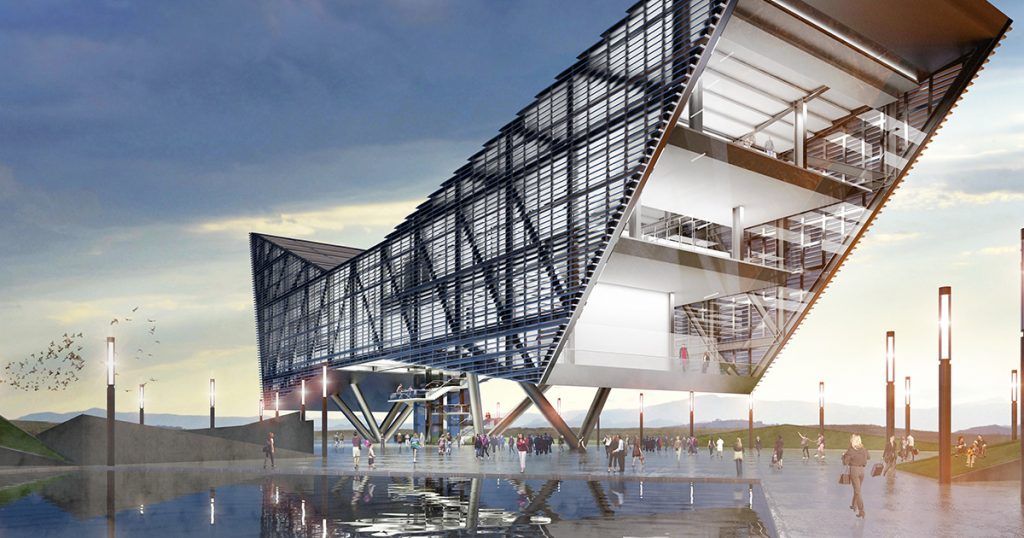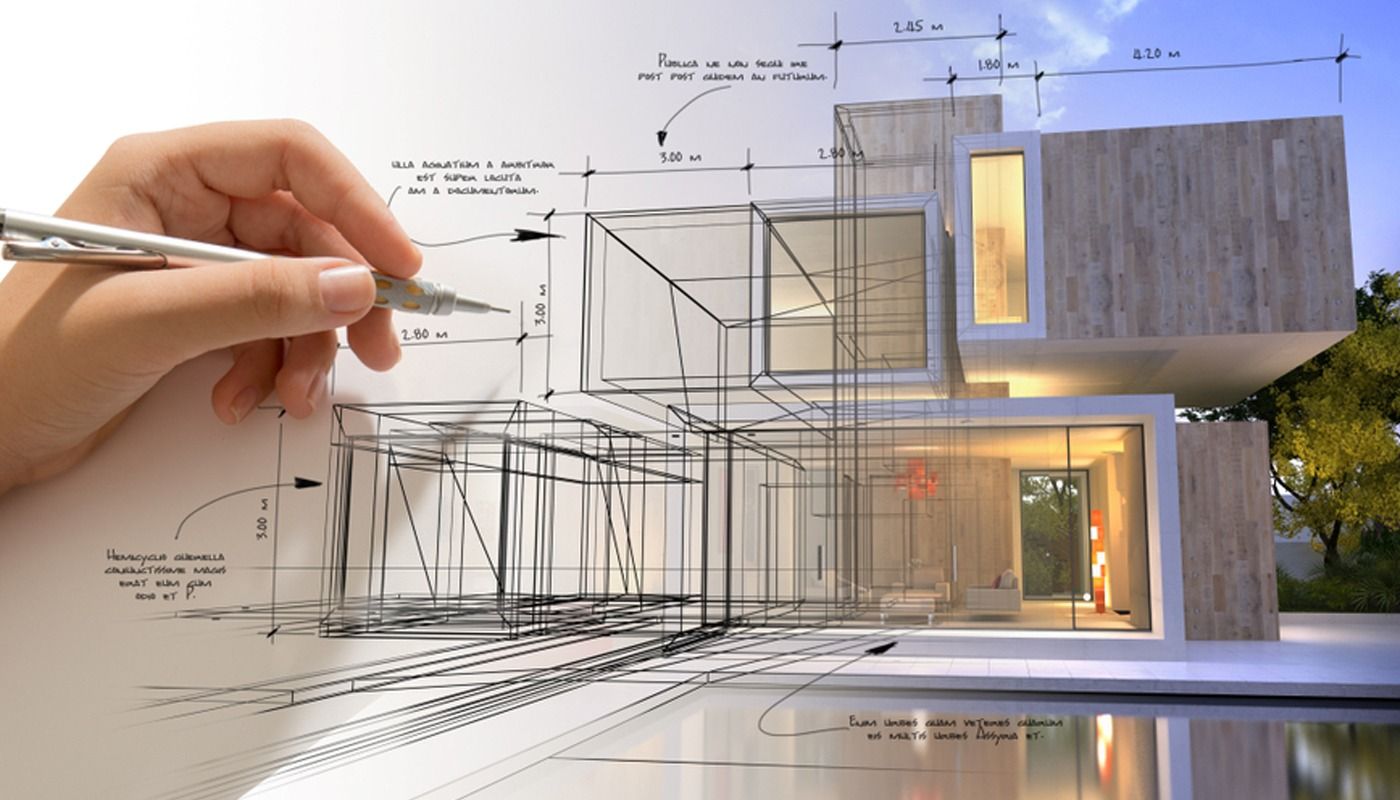One of the first things we are shown when we begin studying Revit or any other “novel” software, is that all of them are BIM tools. The next step we follow when we understood what kind of computer software they are, is to search for the meaning of this acronym that stoked our interest so much: BIM. We search, we read, and we find out that it means “Building Information Modelling” and that BIM has many advantages. Finally, after this, we get the temptation to say, for example, that we already know BIM, or that the Revit software I am learning is BIM.
We can never say these statements are completely false, nor that they are completely true. That is because there are substantial differences between the concept of BIM and the Revit software, which we will look at next.
What are the differences between BIM and Revit?
We know that Revit is nothing more than software. It’s a tool with specific features aimed at modeling architectural and engineering projects. Its main and most remarkable characteristic is that it models using parametric families, obtained in a 3D format. Furthermore, we can say that there are other tools, provided by other manufacturers, which have overall the same feature set.
On the other hand, we identified earlier the meaning of the BIM acronym, but we did not specify what it refers to. Well then, there are several definitions of BIM, all of them different and all of them correct. Referring to that, only one common factor amongst them can be identified: they all contain the word METHODOLOGY. This is key when it comes to defining what BIM is. We will always define it as a new working method for architecture and engineering, as another working methodology. That’s why we can define BIM as “a work methodology for managing projects of civil works, as well as construction, that makes use of new technologies”.
[irp posts=’513242′]That is the big difference between BIM and Revit. In summary, BIM refers to a work methodology, while Revit is software, a computer work tool for architecture and engineering. Therefore, now that we have their definitions clear and simplified, we can reach the conclusion that Revit is a computer program that will allow us to work with BIM methodology. That is to say, these two terms do not mean the same thing, nor they are opposites, but they come to depend on one another.
In conclusion, and going back to the statements we made earlier, which we deemed incomplete, we can say that a professional does not “know” BIM, but does have the required knowledge to work with software that allows the use of the BIM methodology, or that Revit is not BIM, but it is a computer program that a determined manufacturer puts at our disposal, which allows us to model projects in 3D using the BIM work methodology. All of that and much more can be learned in a much broader way in the courses about Revit and the BIM methodology by GoPillar Academy.
Becoming a BIM expert using the most demanded software in the world is very easy, you can sign up for the BIM with a Revit Master course of 63 hours for just 249 USD instead of 1,249 USD. Valid until January 31st.
Jaime Montava Miró
BIM Manager






